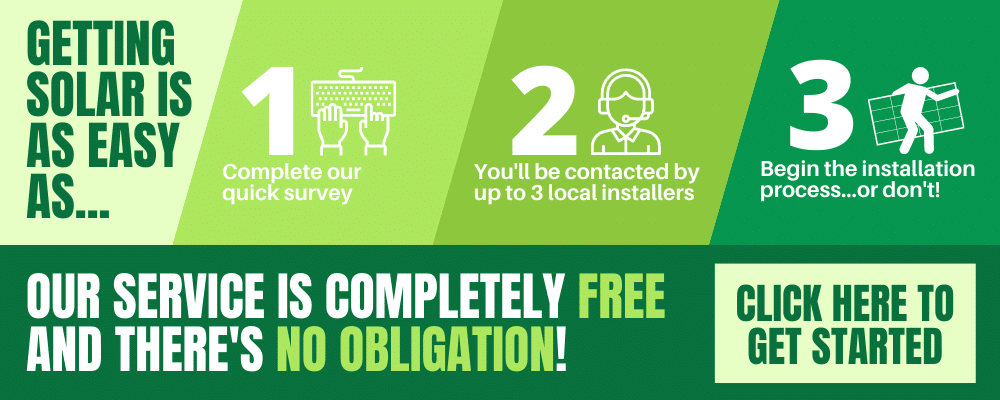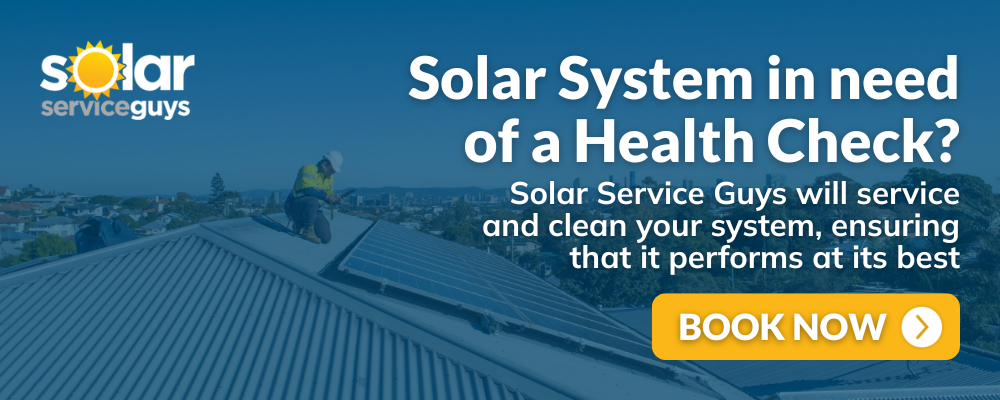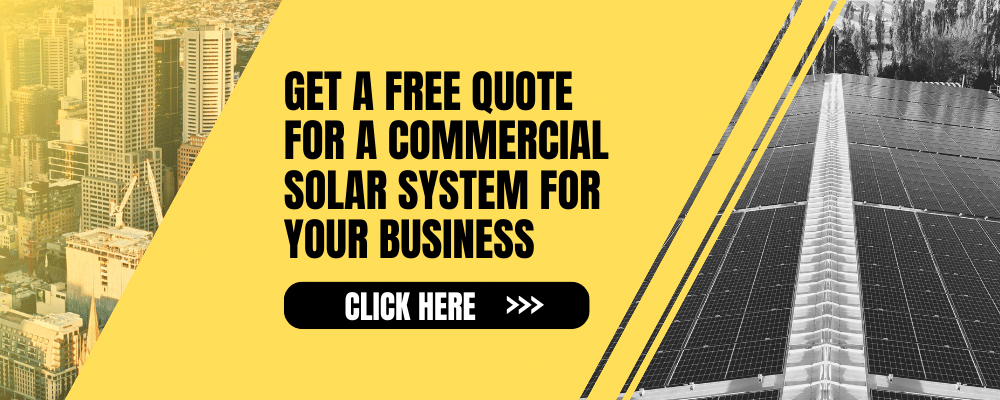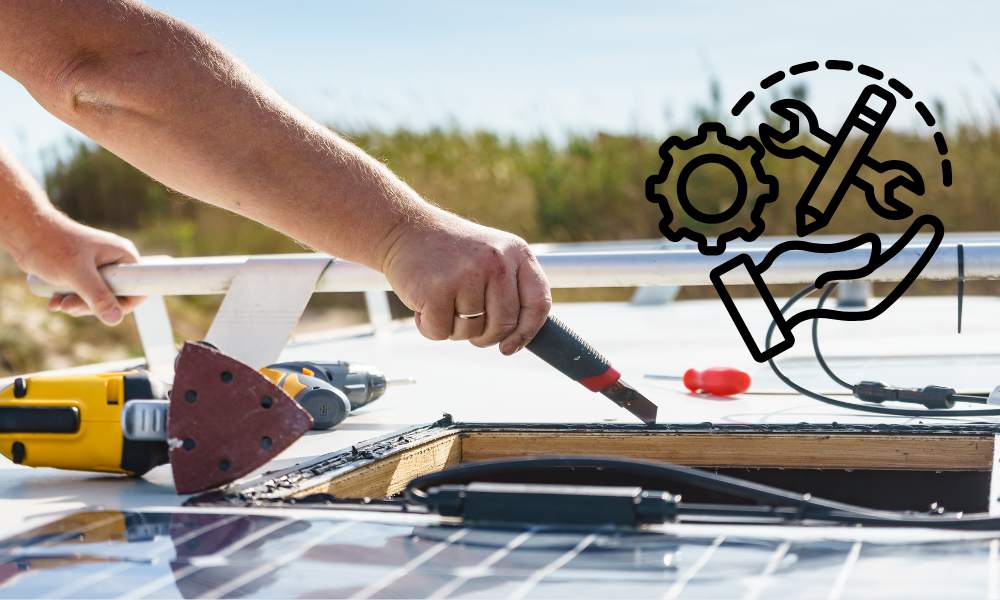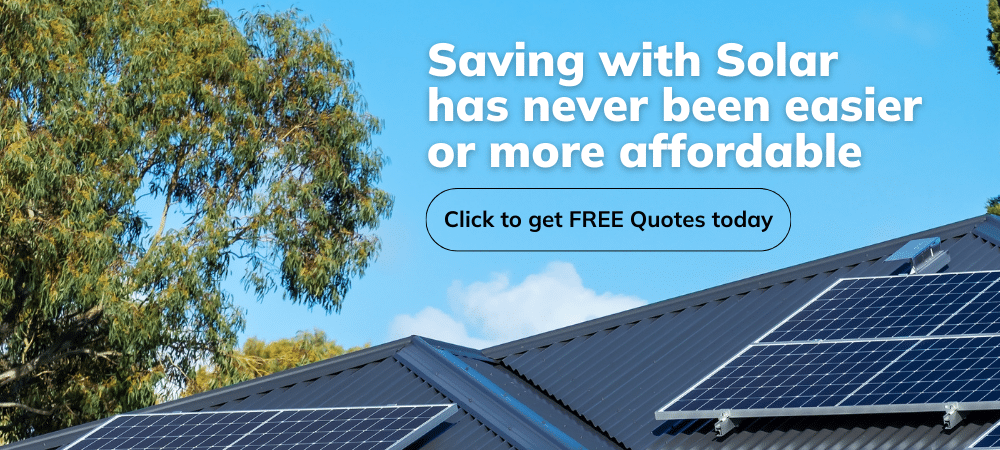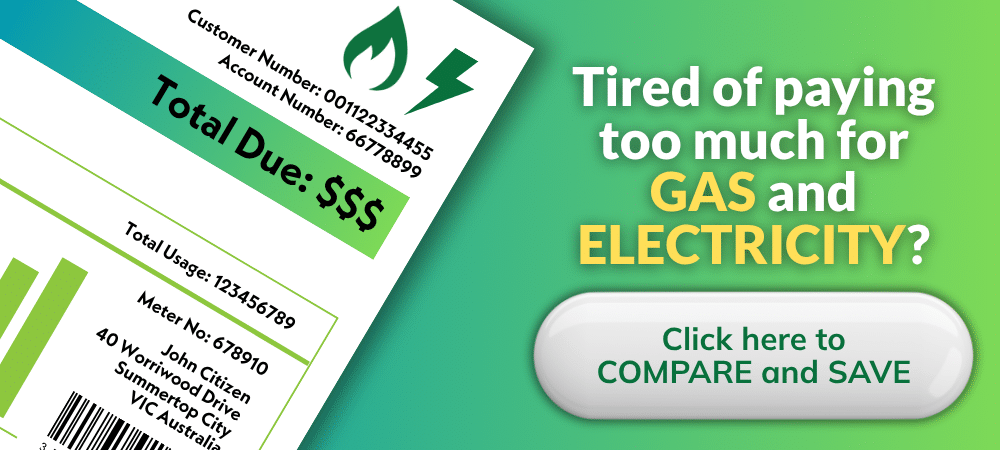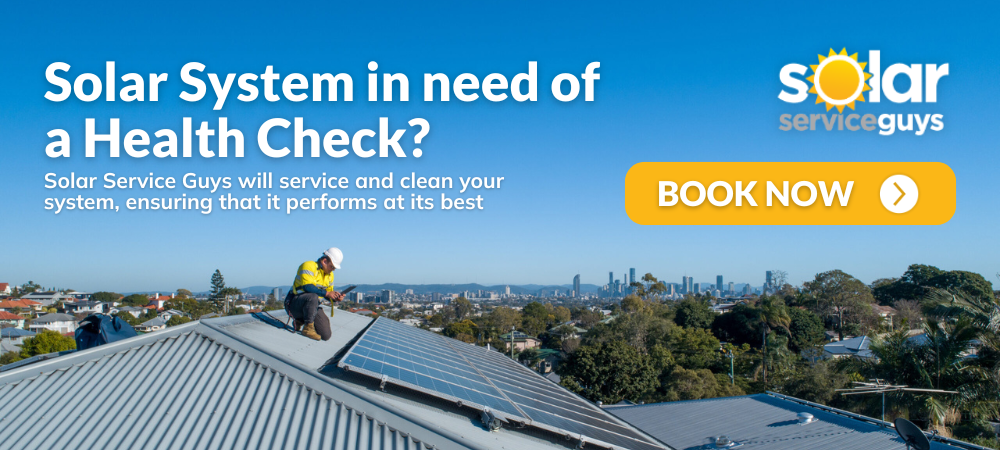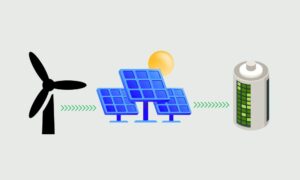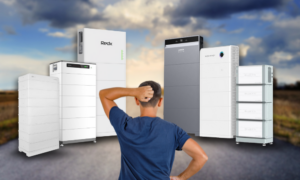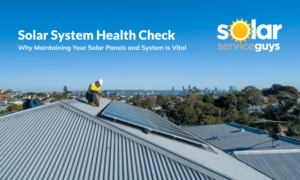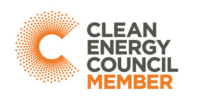When disaster strikes, solar power is often hailed as a clean, fuel-free solution for off-grid energy. But when panels, inverters, or batteries fail in the middle of an emergency, who’s actually qualified to fix them?
Across Australia, solar is increasingly embedded into hospitals, evacuation centres, and public infrastructure as a form of resilience. Yet very few communities have the technical skills to maintain or repair those systems under pressure. While panels may survive a storm, a single failed battery or inverter can bring the whole system down, and if the right people aren’t nearby to diagnose and fix it, the resilience promise falls apart.
A system is only as strong as the people behind it
Solar technology is often sold as low-maintenance, but in disaster-prone or remote
areas, wear and tear are inevitable. Bushfire smoke can reduce output. Floods can damage connectors or inverters. Battery units degrade or fail entirely under heavy use. When these faults occur during an emergency, waiting days or weeks for a technician is not an option, particularly in communities cut off by road closures or communication outages.
Despite the wide deployment of off-grid solar appliances, especially in regional health clinics and shelters, there’s little emphasis on local repair capability. This mirrors global findings. A 2024 joint study by the Australian Research Council, SolarAid, and the University of New South Wales (UNSW) found that while more than 37 million off-grid solar kits had been distributed worldwide, over 250 million of them are now non-functional. And 90 per cent of those failures are considered repairable.
Rural and remote Australia is especially vulnerable
In remote Indigenous communities and isolated farming towns, power outages can stretch for days. Many of these areas already rely on standalone solar systems for critical services, from powering medical fridges to running communication towers and water pumps. When those systems go down, the consequences are immediate.
Yet the skills to troubleshoot and fix them aren’t widely available on the ground. Local residents often have no option but to wait for technicians to arrive.
This points to a major opportunity: upskilling local communities, including CFA volunteers, SES responders, Indigenous ranger groups, and even secondary school students, to carry out basic solar maintenance and repairs. These aren’t high-tech interventions. Many faults, especially in the aftermath of a disaster, are easy to fix. But someone needs to be trained, equipped, and confident enough to do it.
The case for solar repair as emergency training
Disaster resilience in the country already involves bushfire drills, cyclone preparation, and emergency logistics. Solar repair should be part of that same toolkit.
Training programs could be integrated through TAFEs, local councils, or existing emergency services. The curriculum doesn’t need to be exhaustive. Focus areas could include:
- Diagnosing common faults in solar panels and inverters
- Replacing or bypassing failed batteries
- Safely disconnecting damaged systems during fire or flood
- Cleaning and restoring smoke-obscured panels
- Understanding when to escalate to professional services
A model already exists. In Africa and Southeast Asia, NGOs like SolarAid and local solar cooperatives have begun running short repair-focused programs in rural areas. These sessions, often lasting just a few days, have extended the life of solar appliances by years and improved community independence.
The approach could be tailored in the nation to suit urban fringe suburbs and deeply remote stations. In disaster scenarios, even metro neighbourhoods can be isolated. Training 20 people in a flood-prone suburb to reset solar systems or manage shared battery banks could be the difference between functioning shelters and prolonged blackouts.
The physical challenge
Communities also need access to the parts most likely to fail. That includes low-cost items like connectors, charge controllers, and DC cabling.
Establishing micro spare-parts depots at the council or emergency hub level would allow trained residents to make immediate repairs. Local governments or regional energy bodies could stock pre-approved kits designed for the common solar setups used in public facilities or clinics. Paired with a repair guide or hotline, this decentralised model enables rapid restoration of power, even while broader grid services are still disrupted.
There’s also a longer-term role for government policy and procurement. If Australia is to take solar seriously as emergency infrastructure, then repairability needs to be built into the products we buy. That means selecting solar systems with modular components, standardised batteries, and local service networks. It may also mean funding Australian-made systems that prioritise serviceability over sleek design.
A national opportunity in community energy literacy
Training Australians to understand, manage, and maintain solar technology creates lasting benefits. It builds energy literacy, supports the circular economy through repair, and reduces the waste of prematurely failed systems.
There’s also a social benefit. In communities where solar is critical to health, safety, or independence, giving residents the power to control that energy—literally—strengthens local resilience and pride.
This is especially important in Indigenous communities, where solar has already been embraced as a culturally and environmentally appropriate energy source. Training local rangers and community members to service these systems creates skilled jobs, strengthens autonomy, and ensures energy doesn’t disappear when the next cyclone hits.
The bottom line
Australia’s energy future isn’t just about solar capacity. It’s about making sure that power works when it’s needed most. Community-led solar repair training could fill a critical blind spot in our disaster preparedness strategy—turning passive infrastructure into something far more valuable: a reliable, repairable lifeline.
And the best part? It’s entirely achievable. The technology exists. The need is real. All that’s required now is the investment in people.
Australia’s energy future depends not just on the systems we install, but on the people who know how to use and maintain them. Whether you’re preparing your home or your community for greater resilience, starting with the right setup matters.
Energy Matters has supported over 40,000 Australian households since 2005 in making smarter solar choices.
Complete our quick Solar Quote Quiz to receive up to 3 FREE solar quotes from trusted local installers – it’ll only take you a few minutes and is completely obligation-free.








